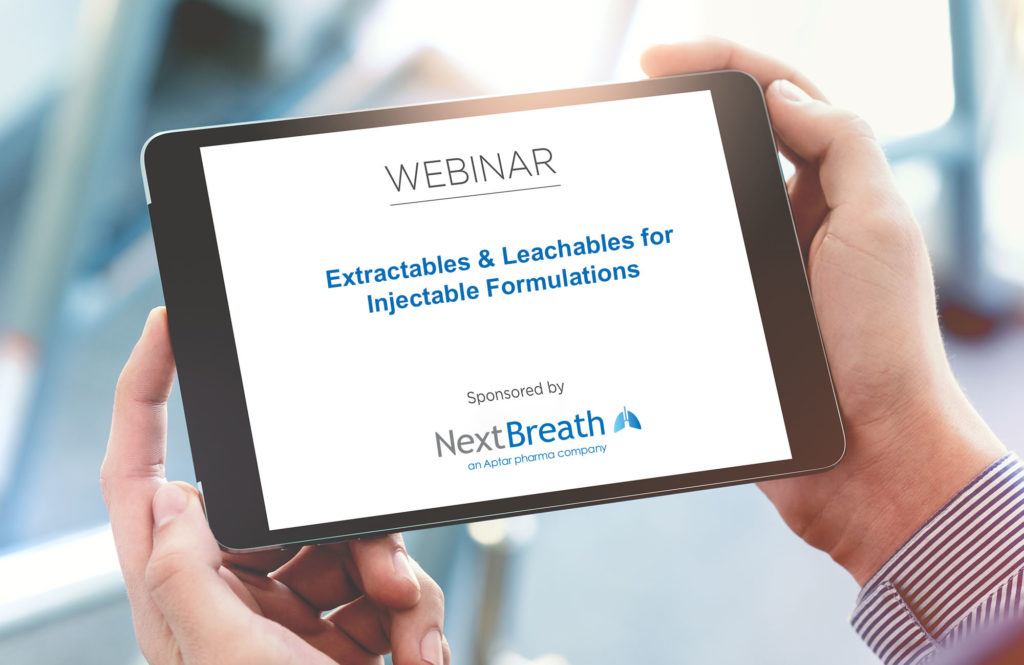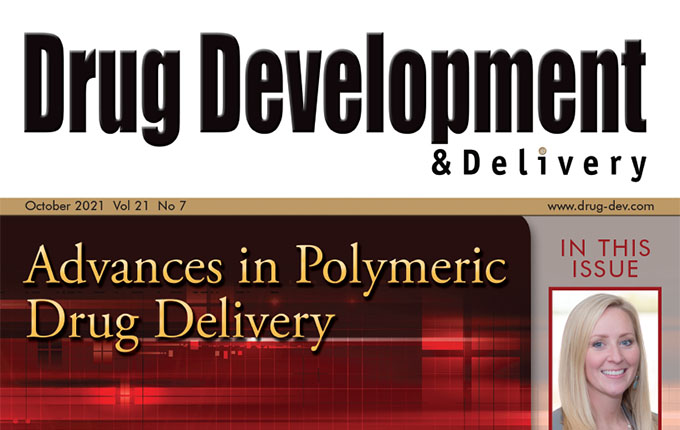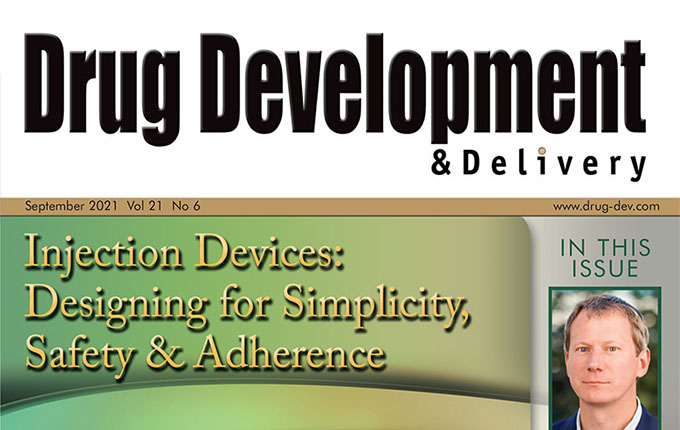Rubber is a critical material in pharmaceutical packaging, offering flexibility, resilience, and chemical compatibility. However, its production process involves the use of synthetic rubber as well as fillers and curing agents, which all contain chemicals that may migrate into pharmaceutical products over time. These chemicals that may migrate into the drug products are known as extractables. They are referred to as leachables when they are detected in the drug product under normal storage conditions. The presence of E&Ls poses potential risks to patient safety and product integrity, making their assessment a crucial aspect of pharmaceutical development.
Sebastien Cordier delves into the regulatory concerns associated with E&L, noting that agencies such as the U.S. Food and Drug Administration (FDA) and the European Medicines Agency (EMA) have established stringent guidelines for E&L testing. These regulations are designed to ensure that pharmaceutical products are safe for patients and that their efficacy is not compromised by packaging components. Compliance with these guidelines is the responsibility of drug manufacturers and is of paramount importance for ensuring patient safety.
In addition to discussing Pharmaceutical manufacturers responsibilities regarding E&L testing, the webinar highlights a method that can help companies choose the best closure solution and reduce development risks. Simulation studies, perform by Aptar Pharma, leverage similar methodologies as leachables studies, and use model solvents to evaluate the actual risk Pharmaceutical manufacturers may face during their validation process. This method leverages state of the art gas chromatography-mass spectrometry (GC-MS) and liquid chromatography-mass spectrometry (LC-MS).
The webinar concludes with a review of a case study on the PremiumCoat® plunger, Aptar Pharma’s best-in-class platform of closure solutions. The plunger features an ethylene tetrafluoroethylene (ETFE) film coating that is applied at the drug contact surface to act as a barrier against E&L. Using the simulation study strategy, Aptar Pharma scientifically demonstrated that the ETFE-film allows for a significant reduction in the number and quantity of potential leachables that could go into the drug product.
This webinar provides expert insight into the production of rubber for pharmaceutical packaging, the regulatory considerations regarding Extractables and Leachables and offers a methodological approach that could help Pharmaceutical Manufacturers derisk their choice of primary packaging components. The case study on the PremiumCoat® plungers illustrate the efficiency of this approach and Aptar Pharma’s commitment to support Pharmaceutical partners in their injectable drug development. Aptar Pharma also offers a full range of analytical and development services with Gateway Analytical, including complete extractables and leachables studies, but also particulate analysis and container closure integrity.
Learn more about Aptar Pharma Expertise
in Injectable Drug Delivery
This Might Also Be of Interest

Successfully Balancing The Needs of The Planet With The Needs of The Patient
Publications, Pharmaceutical, Sustainability, Innovation & Insights, Drug Delivery Innovations, Product Solutions

Extractables & Leachables for Injectable Formulations
Webinars, Pharmaceutical, Innovation & Insights, Product Solutions

A pre-filled syringe platform for vaccines and large volume biologics
Publications, Pharmaceutical, Market Insights, Product Solutions, Innovation & Insights, Drug Delivery Innovations

RFID-Enabled Rigid Needle Shields for unit serialization and tracking
Publications, Pharmaceutical, Product Solutions, Drug Delivery Innovations, Brand Differentiation, Market Insights

